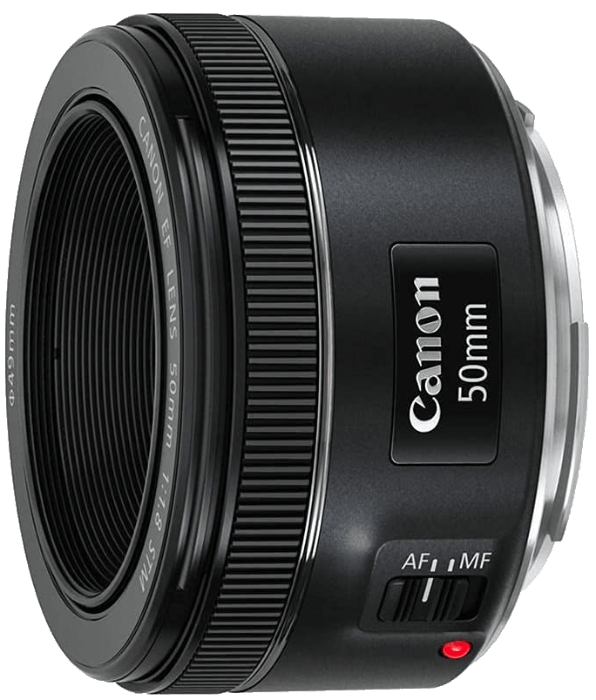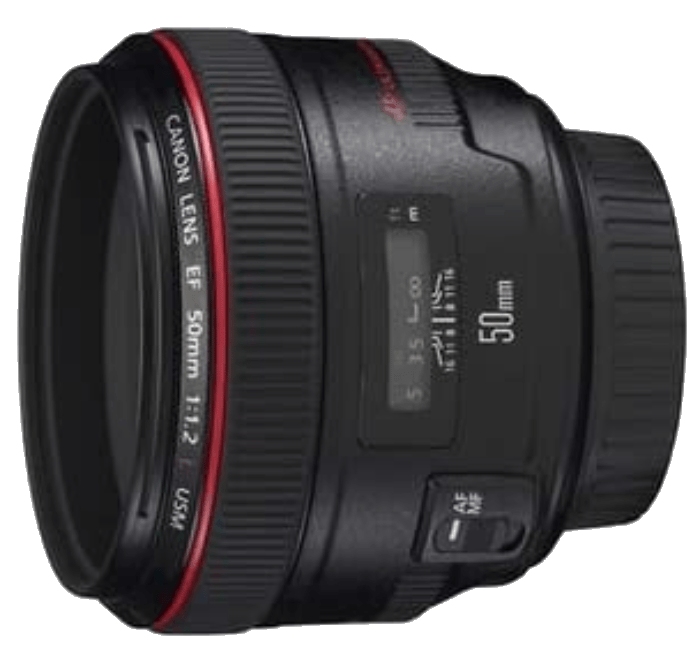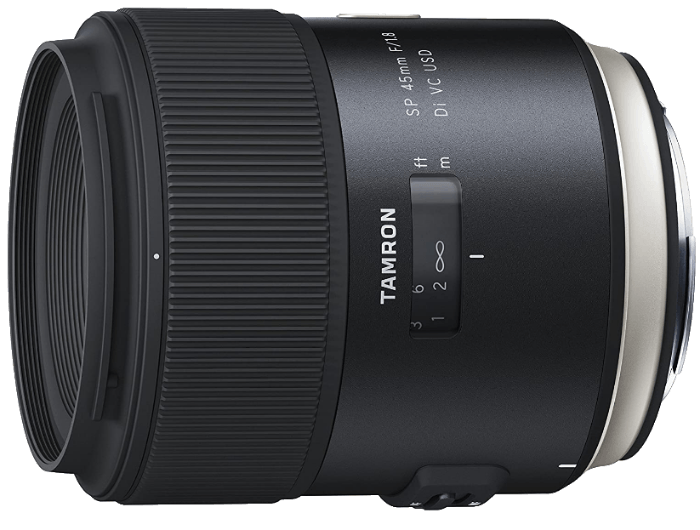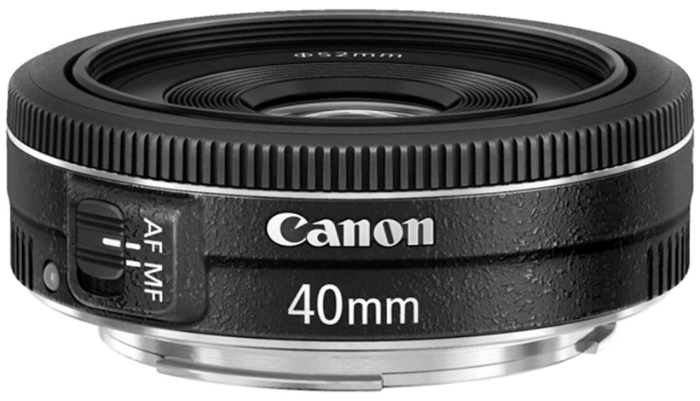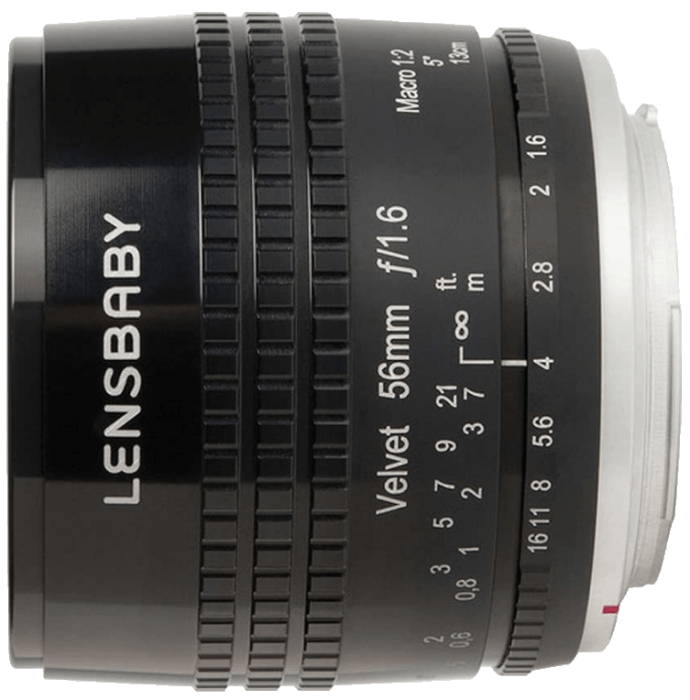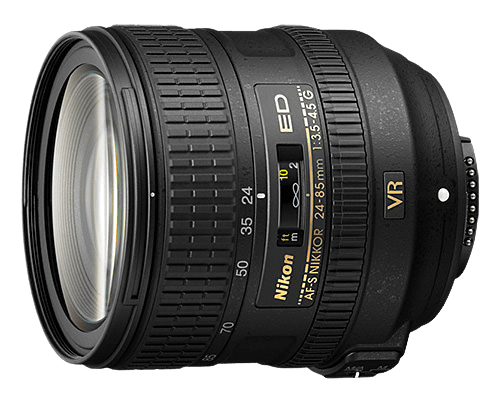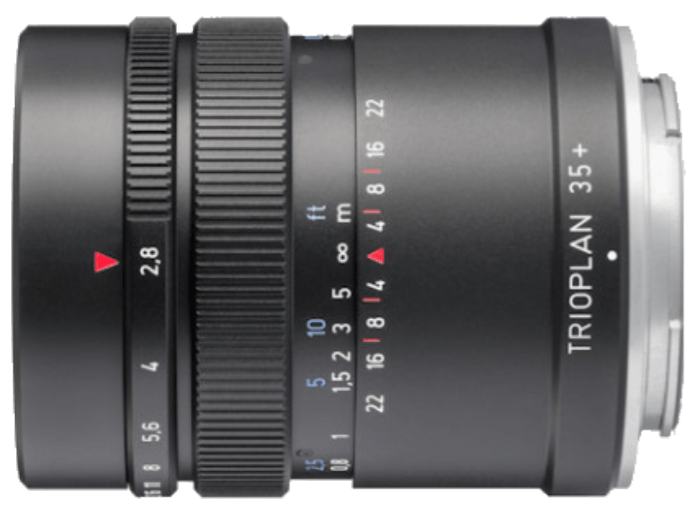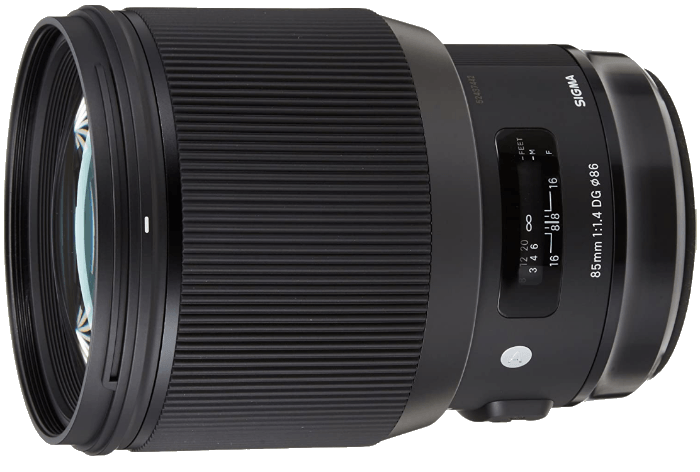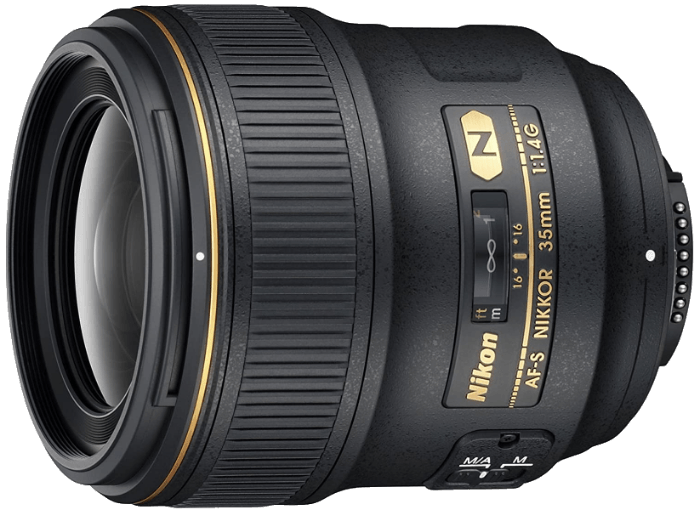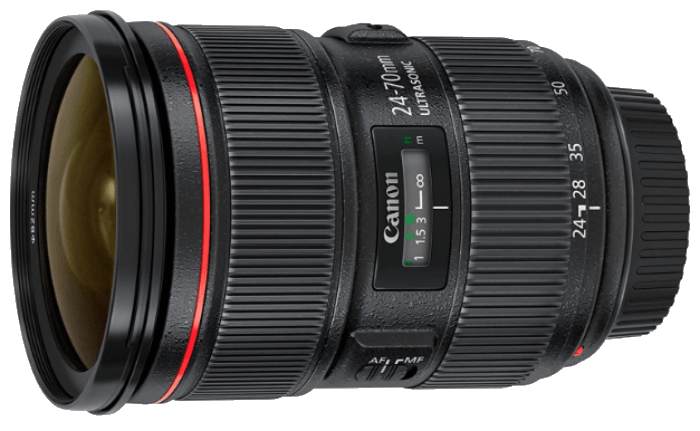But because the definition is loose, it can be the perfect genre for almost any photographer. With the right lenses, you can produce high-quality fine art photos. Read on for our top choices for the best lens for fine art photography. But first, here’s our top choice. [Note: ExpertPhotography is supported by readers. Product links on ExpertPhotography are referral links. If you use one of these and buy something, we make a little bit of money. Need more info? See how it all works here.]
The Best Lens for Fine Art Photography
And before we look at choosing the best lens for fine art photography in detail, here’s a round-up of all the lenses in this review.
10 Best Fine Art Lenses Ranked
Fine art photography doesn’t have any specific requirements. Many photographers agree that fine art is something that makes you feel. It’s something you’d want to hang on your walls. Fine art tends to have perfect compositions and thought-provoking subjects. Fine art covers a wide variety of genres. No matter what you like to photograph, you can create fine art. It’s important to note that almost anyone can be a fine art photographer. It’s all about perspective. You can have the cheapest equipment and still be capable of creating stunning photographs. However, the more advanced your equipment, the more creative possibilities you’ll have. Fine art is all about breaking the rules and redefining your version of creativity. Because of this, you might find it helpful to experiment with some of the best fine art lenses in the market. Most camera companies have a 50mm f/1.8 lens. This lens is one of the cheapest and best prime lenses out there. The 50mm f/1.8 is extremely versatile for its price. It works well in nighttime conditions and creates soft bokeh. This versatility makes it the ideal lens for every photographer out there. If you want to create high-quality fine art on a budget, this lens will likely serve you well. With a maximum aperture of f/1.2, this lens offers brilliant focusing and bokeh opportunities. This is a robust little lens that’s ideal for photographers who travel a lot. It works well in harsh weather conditions. It has a Super Spectra coating that’s meant to avoid lens flares and ghosting. Because of these capabilities, it can be a useful lens for fine art landscape and travel photographers. The Tamron 45mm f/1.8 promises to create high-quality and atmospheric images. Like other f/1.8 lenses, it can create soft and creamy bokeh. You can get closer to subjects than with a standard 50mm lens. This is perfect for fine art photographers who want to zoom in and out often. The 45mm f/1.8 is very quick and silent. You can use it easily in nighttime conditions without having to worry about compromising the quality of your photos. Canon’s 40mm f/2.8 lens is a pancake lens. Pancake lenses are tiny and light. This size makes them ideal for photographers who travel often. It shoots very quietly, making it the perfect tool for fine art street photographers. The maximum aperture is f/2.8, so you won’t be able to create incredibly soft bokeh with it. However, it can be an excellent tool for people who want to capture more atmospheres and details in their fine art photos. The Velvet 56 is one of Lensbaby’s many creative lenses. It’s one of the best lenses for fine art photography because of its versatility. You can use this lens to take dreamy and surreal fine art photos of people, landscapes, food, and even insects. The lens has macro capabilities so that you can get extremely close to details. This lens is excellent for photographers who enjoy taking soft and cinematic photos. Nikon’s 24-85mm lens may not be your standard fine art photography lens, but it seems to do its job perfectly. Famous fine art photographer Alessio Albi uses this lens to take detailed photos of people. The lens provides excellent clarity. It captures colors very well. Like the 40mm f/2.8, it won’t create the creamiest background possible. If you like photographing details in your fine art, you’re likely to love this lens. Made by a German company, the Trioplan 35+ is a wide-angle lens. As the company itself describes, this lens is made for “fine moods, special light reflections, and the peculiarity of a moment.” This lens is known as a soap bubble lens. You’ll find that the bokeh resembles soap bubbles. This effect is perfect for creative fine art photoshoots. Sigma’s 85mm lens is one of the sharpest lenses out there. Its primary use is in portrait photography, but you might find it very useful in all genres of fine art photography. It’s one of the cheapest 85mm lenses in the market. The 85mm f/1.4 works immensely well with colors and details. It’s ideal for fine art photographers who want to include people in most of their work. You’ll be able to photograph perfect skin tones with this lens. An important thing to note is that this lens is weighty. It’s not ideal for light traveling. The lens itself is also quite large. This size might be a problem if you often use lens filters.
A lens like this Nikon is perfect for both indoor and outdoor fine art photographers. Even if you shoot in a small space, you’ll be able to take atmospheric fine art photos. Extra tip: Wide-angle lenses can create distortions. Unless that’s the look you’re going for, don’t get too close to your subject.
It was discontinued a few years ago and replaced with the Canon EF 24-70mm f/2.8L II USM. Both have similar capabilities, but the updated version promises to have fewer distortions. Fine art photographers like Robert Woodcox have used this lens. It’s versatile and perfect for all kinds of shooting conditions. You can zoom in to create an intimate feel or zoom out to capture more of the surrounding details. If you take photos of different subjects (e.g. landscapes and people), you will likely enjoy using this lens.
Conclusion
You can take your fine art ideas to the next level with these lenses. Don’t be afraid of experimenting with unusual techniques and equipment to make your fine art look outstanding. And there’s no better place to start with choosing a lens than our top choice.
Common Fine Art Photography Questions
What is the best camera for fine art photography?
Almost any camera works well with fine art photography. Some of the best fine art cameras are the Canon 5D Mark IV, Sony A7 III, and Nikon D750.
What is an art lens in photography?
Art lenses are high-quality lenses that create very sharp photos. They usually have large apertures, like f/1.2, to create soft backgrounds and sharp bokeh. These lenses are perfect for fine art and portrait photography.
